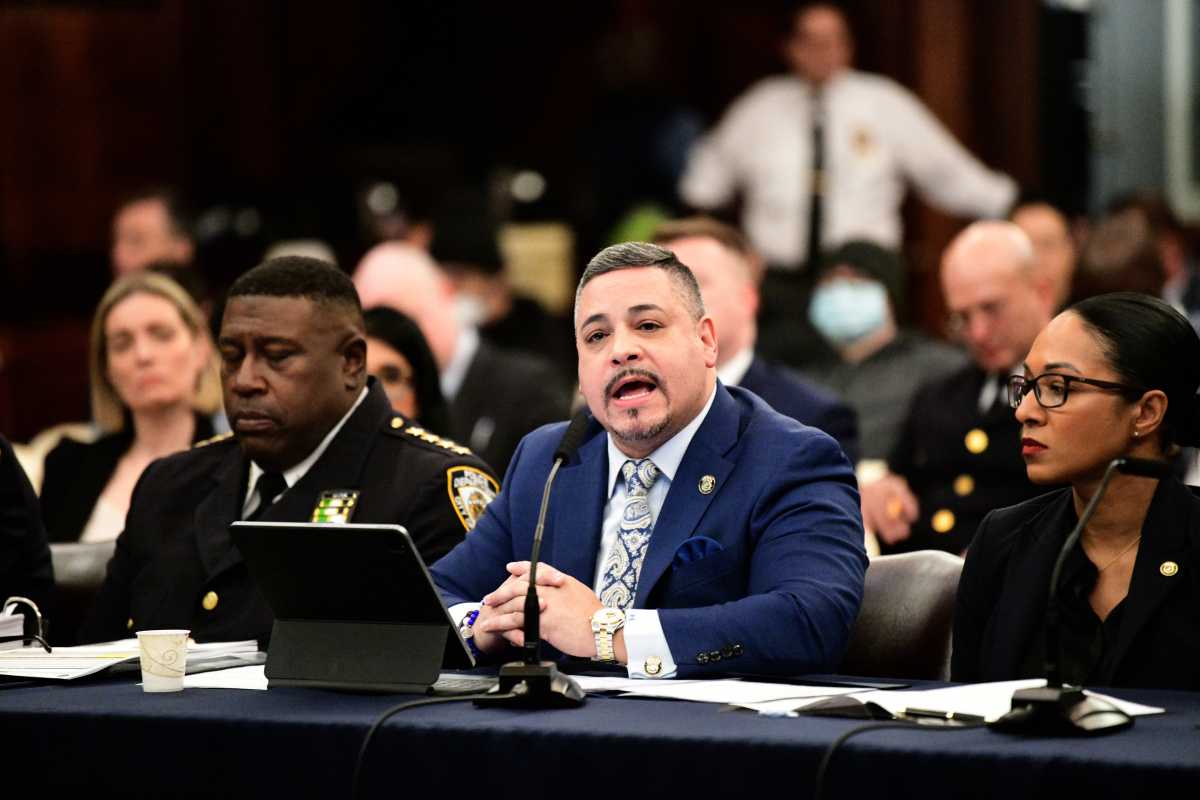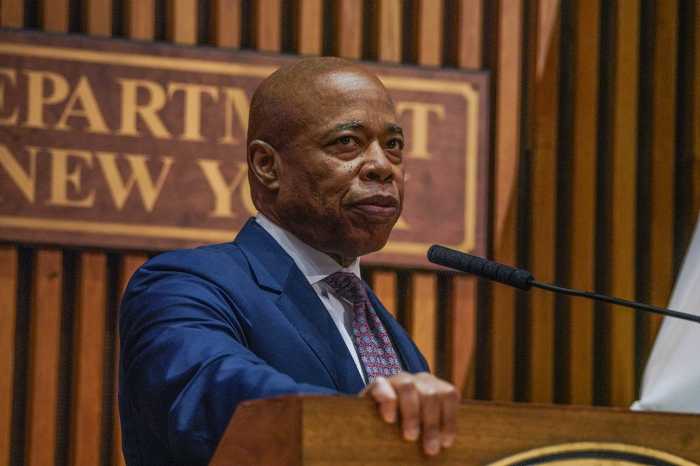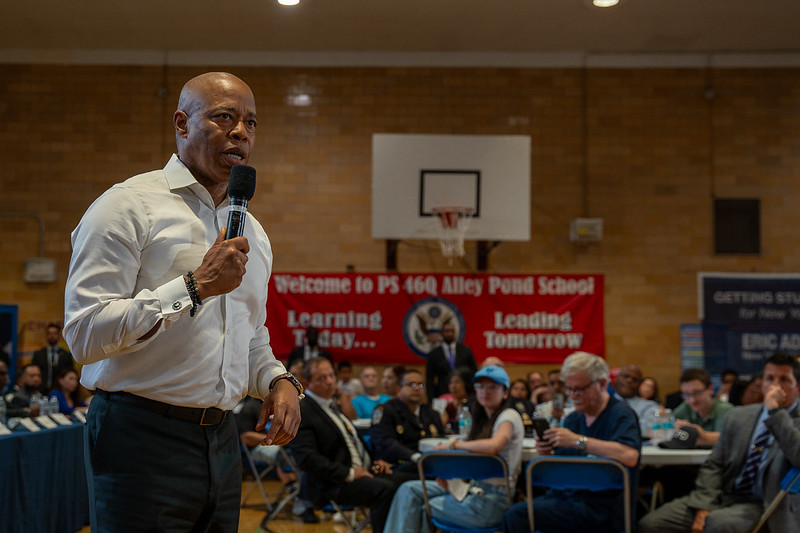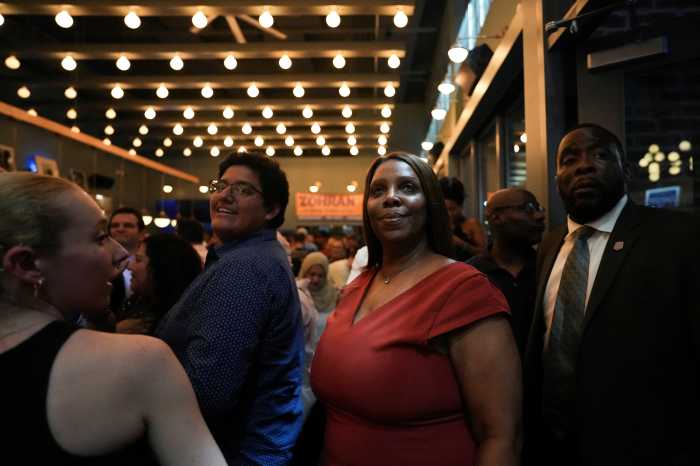Skyrocketing police overtime costs were in the spotlight of the NYPD’s budget hearing at City Hall Wednesday morning, with officials saying they are hard pressed to keep expenses down.
While the current budget allocated $682 million in overtime expenses last year, officials testified on March 20 that the NYPD has already spent $715 million in overtime to officers responding to everything from daily street protests over the Israel-Hamas war, to surges in the subway system following reported crime spikes.
Even so, NYPD officials say they are doing “what they can” to control overtime that has exceeded budgets year after year. Officials sought $43.5 million in 2023 for higher than expected overtime costs incurred over the previous year and expect that trend to continue.
For the upcoming fiscal year, Police Commissioner Edward Caban and Chief of Department Jeffrey Maddrey, requested and then justified their 2024 budget of $5.31 billion, which represents 5% of the Mayor Eric Adams proposed 2024 budget. NYPD’s 2024 budget decreased by $131 million (2.41%), from the $5.44 billion budgeted in the 2024 “Preliminary Financial Plan” presented in January.
The decrease in their request relates to a number of actions, most significant of which are: uniform and School Safety Division personal service spending adjustments, uniformed hiring delays, and the recognition of the DC37 Collective Bargaining Agreement. The Police Officers Benevolent Association signed a contract in 2023 that gave raises to uniform officers.
In addition, head count among uniform and non-uniform members of the NYPD have also dropped. Uniform police officers 35,030 to 35,001, a drop of 29 officers. Civilian members were 15,042 in 2023 and in the current budget, there will be 14,502, a drop of 540 people. Of the current budget, $4.84 billion or 91.1 percent of the agency’s total spending in 2024 is for personnel. This is $187 million less than the previous year.
The Council hearing members, chaired by Manhattan Councilman Yusef Salaam (his second hearing since being elected Public Safety Committee chair) questioned the overtime budget, with some Council members seeking better controls over the additional costs.
But Caban pushed back, citing significant crime reductions and the need to increase patrols in the subway system.
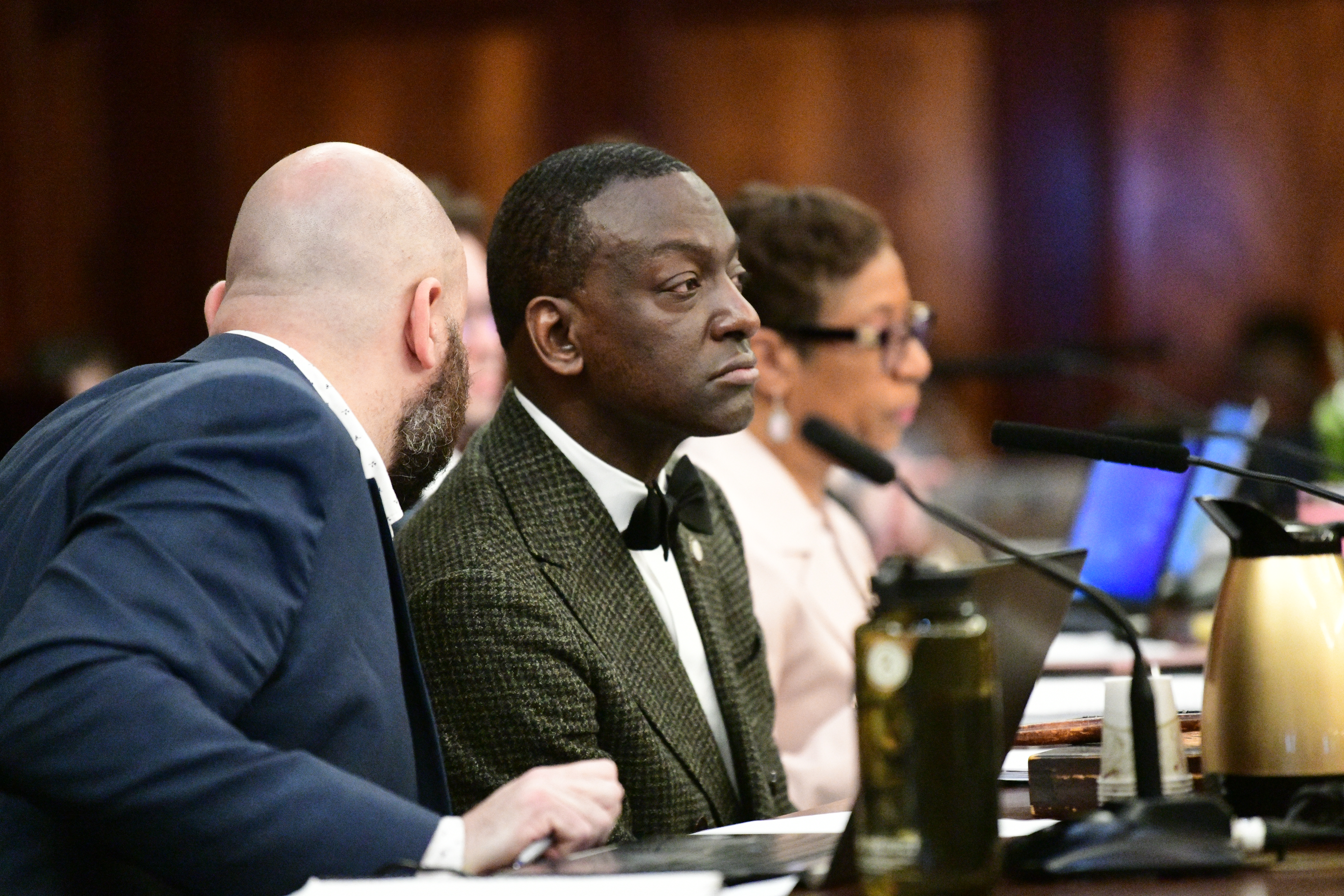
“Two years ago, there was a surge in violence and had been going up since 2018 with 2021 at a 15-year high,” Caban said. ” “Twenty seven months later, violence is no longer at forefront as the members of NYPD are relentless in their work, going after illegal firearms, identify hotspots.”
Caban said 14,900 guns taken off streets in 2023 that coincides with a “dramatic drop in shooting incidents.” He added that shooting incidents dropped for the second straight year.
“Murders were on the rise for years during the prior administration, but it stopped in 2022,” Caban said. “There were 416 people hit by gunfire last year and many are entirely from economically challenged minority communities. There were 53,000 felony arrests – a 24-year high.”
Overtime above and below ground
Much of the overtime has been incurred in daily responses to protests over the Israel-Hamas conflict. Since the Oct. 7, 2023 terrorist attacks in Israel, the NYPD has been active at an average of 12 protests per day, 1,184 street demonstrations in all. Additional overtime is being used on frequent surges of officers into the subway system.
Chief of Transit Michael Kemper said the current number of officers in the budget perform a combined 5,000 work hours per day — and the department spends about $2.7 million daily in overtime.
“The subway system is so unique and nuanced with mental health issues and crime in subway and this affects perception of the riding public,” Kemper said. “Start with riders entering the system, someone in mental health crisis scares them and it is unknown what they will do. Our officers are spending time with helping people with mental illness, trying to get help these people need. More money needs to be spent on mental health in the subways.”
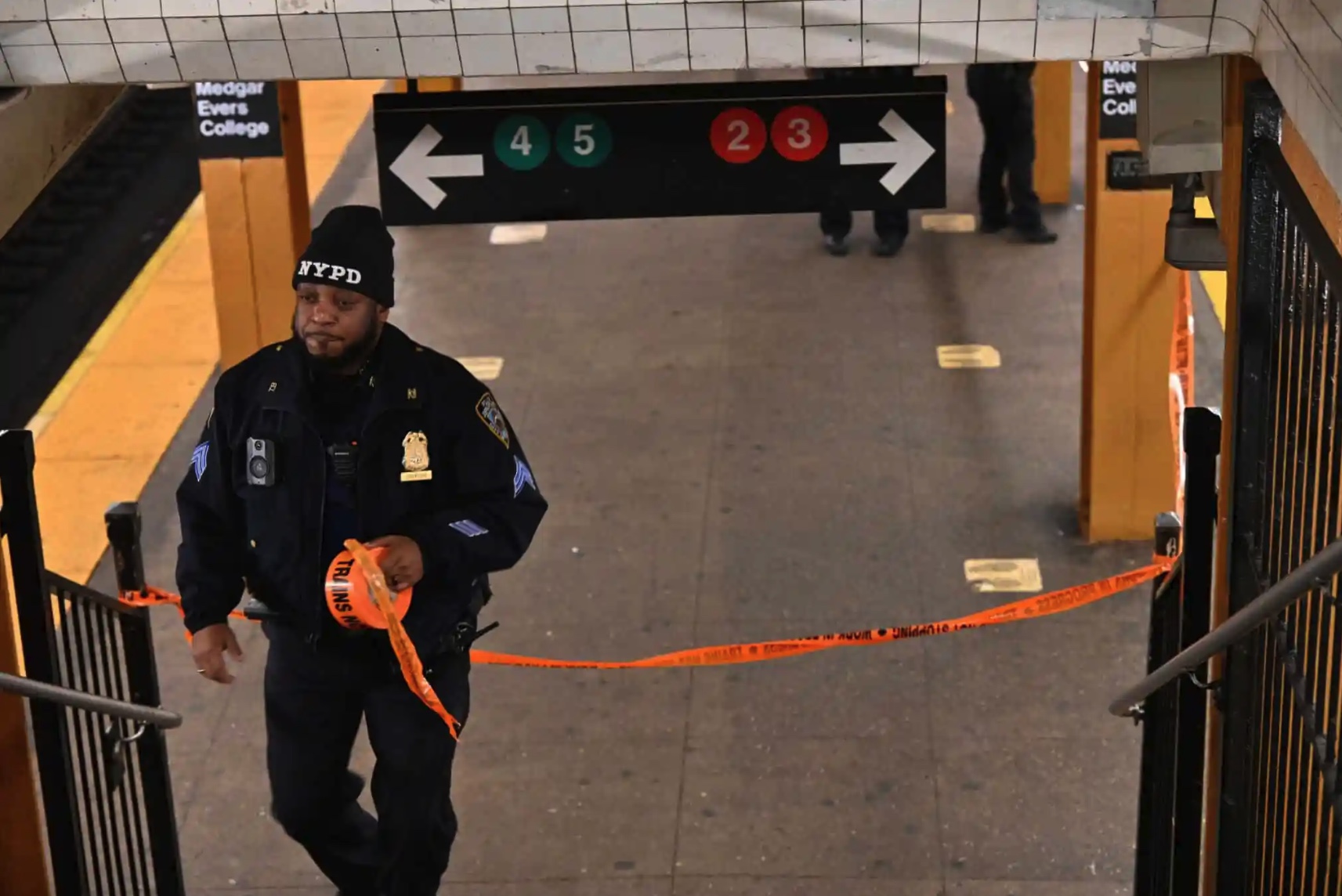
Caban recognized the problem of crime in the subway, most notably the shooting aboard an A train in Brooklyn last week that ended with an attacker being shot with his own gun as terrified strap hangers watched.
“We are flooding the subway with police so when the doors opened on that train in Brooklyn, cops were there to address condition,” Caban said. “Transit officers are working a modern chart, doing 10-12 hour tours and all told, there have been a 50 percent increase in arrests, a result of the hard work within in the system.”
The commissioner and subordinates also complained about recidivism among criminals.
“There have been people assaulting MTA employees – 1,100 people arrested – some arrested over 100 times or more,” Caban said. “This is a revolving door and the NYPD can’t stop by itself. In 2023, estimate 542 people were arrested 7,600 times, some more than 60-70 arrests, many with prior convictions. But we are making our presence felt but cant be there at all time.”
Other spending
In addition to the city budget, federal funding increased by $57.3 million in 2023 and remains the same in 2024. State funding increases by $65.2 million in 2023, totaling $94.1 million and remains unchanged in 2024.
Also part of this year’s budget request is a number of capital projects including rehab of old station houses, updating of technology, renovation of the firearms facility. The 10-year capital plan is slated to cost $1.4 billion.
Communications technology was said to be $388 million, 28% of the capital budget. The NYPD is requesting a combined $81 million in 2023 and 2024 for the purchase and update of the controversial encrypted radios for police officers. The majority of funds, $57 million, are committed in 2024 with the remaining $24 million holding over from 2023.
Encryption effectively cuts off the media and the public from radio transmissions that the press has used for the past 90 years.
Chief Ruben Beltran of the Information Technology Division said the radio program has cost $380 million. However, questions remain about the actual costs including replacing thousands of repeaters and installing hard-line telephone cables, programming each radio, the continued purchase of additional radios at nearly $10,000 a piece, purchase of ancillary items including batteries, radio holders, and hiring scores of radio technicians.
The NYPD has refused numerous Freedom of Information Law requests for these numbers and has ignored others requests.
Also during the hearing, nine protestors were escorted from the hearing as they stood up at various times, used squeeker toys and shouted at police officials. The protestors were apparently linked to pro-Palestinian protests and later testified at a public hearing against the NYPD Strategic Response Group (SRG), who they claim has responding with brute force against their demonstrations. The NYPD has defended their responses as necessary and “protecting the public.”
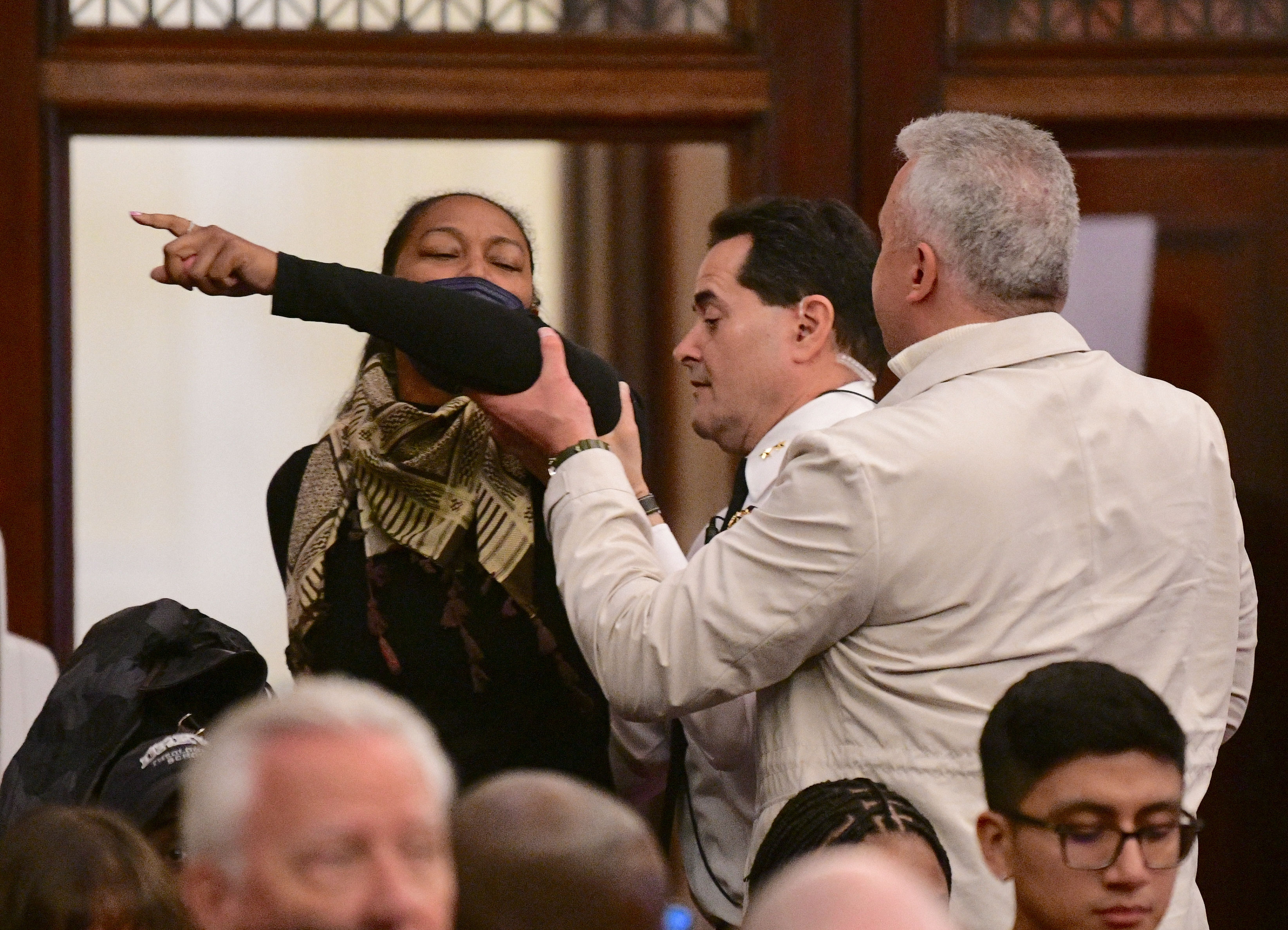
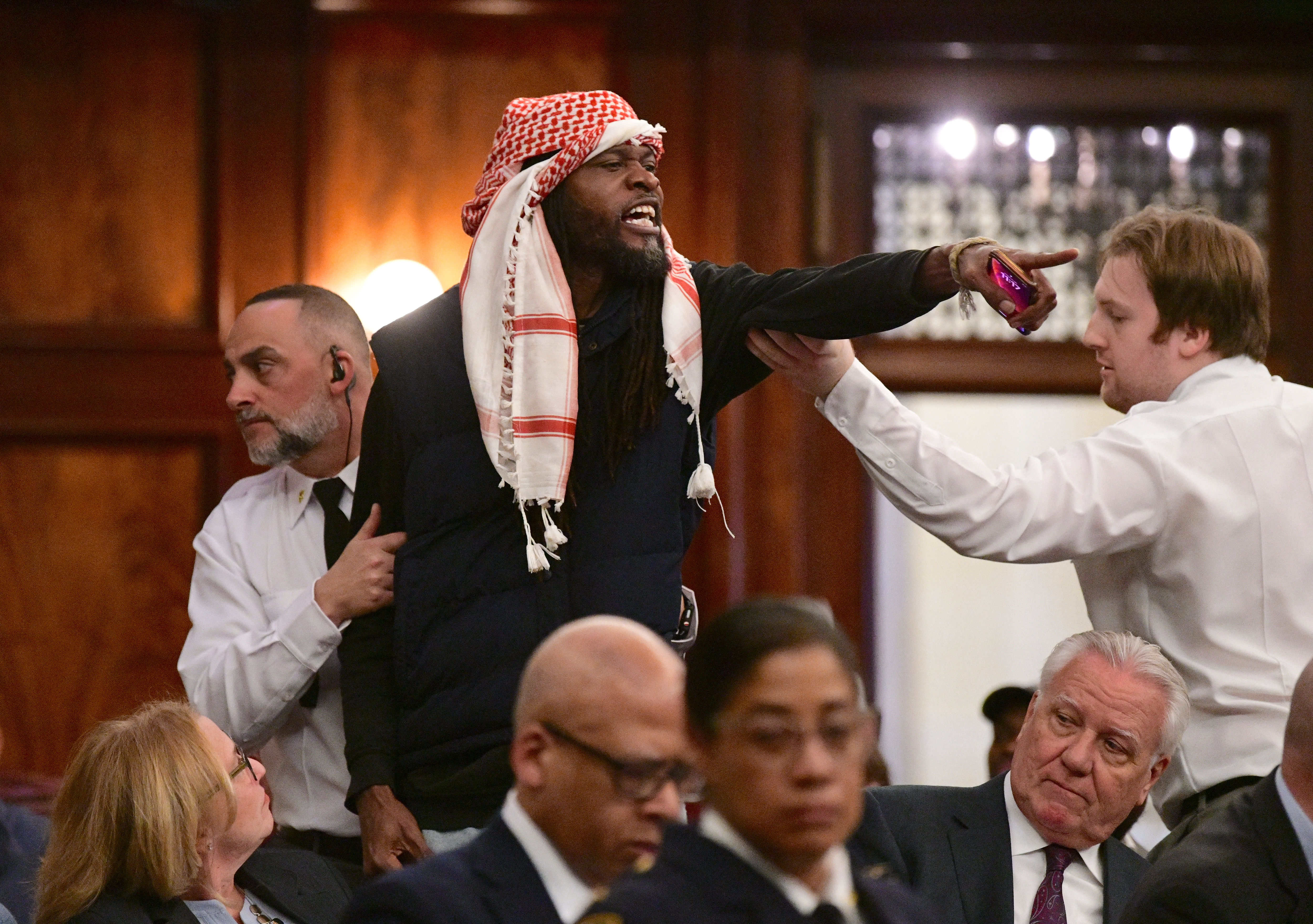
Read more: Debate Over Anti-Israel Stance at NYC School



